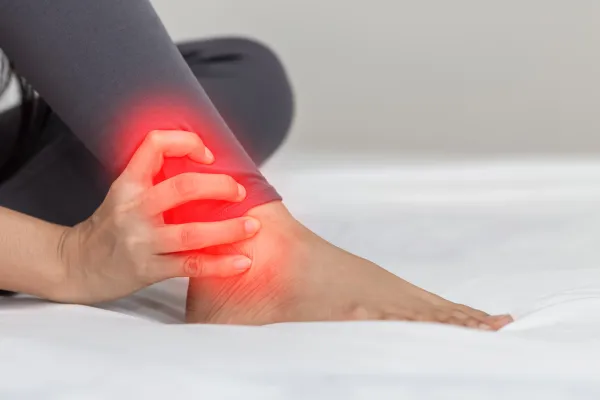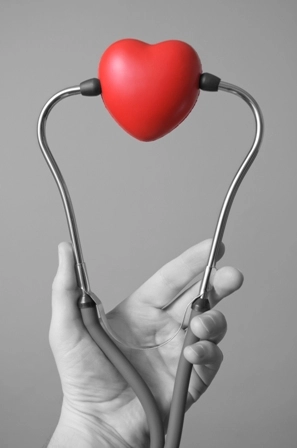Know Categories for Correct Connective Tissue Code Choice

These 3 scenarios will also help sharpen your ICD-10 index skills. It happens to us all. We open up the ICD-10 index to find something specific only to see what looks like two or more choices for the same condition. It's a particularly common problem when you code for common connective tissue disorders (M00-M99), as these three scenarios show. So, let our experts untangle the codes for you and give you some extra advice on using the index along the way. Scenario 1: A patient reports complaining of frequent charley horses. You go to the ICD-10 index and notice two different codes listed for this condition: M62.831 (Muscle spasm of calf) and S76.11- (Strain of quadriceps muscle, fascia and tendon). Which code do you report, and why? Answer: To code this scenario correctly, Melanie Witt, RN, CPC, MA, an independent coding expert based in Guadalupita, New Mexico, tells coders to "be aware of the basic title of the code category. S codes," Witt explains, "are injury codes that would be used following a specific injury that caused the strain." Kent Moore, senior strategist for physician payment at the American Academy of Family Physicians, agrees. "S76.11- belongs with the S00-T88 codes, and so represents an injury code," Moore explains. "As charley horses are generally not injuries," he goes on, "the ICD-10-CM index directs you first to code M62.831" Moore also points out that "Charley-horse" is listed as a synonym under M62.831 in the body of ICD-10-CM. Scenario 2: A patient reports to your practice complaining of pain in the right foot around the ankle region. The ICD-10 index has no entry for Pain, foot and instead directs you to Pain, limb, lower, where you find M79.67- (Pain in foot and toes). You also note that there is an index entry for Pain, joint, where you find M25.57- (Pain in ankle and joints of foot). Which one would you code, and why? Answer: Similar to the first scenario, as Witt explains it, the key to correctly coding this scenario involves "the coder being aware of the basic title of the code category. The arthropathy codes [M00-M25]," Witt goes on, "represent problems with the joints, while the M79 codes represent conditions involving the soft tissue." So, whether you code M79.671 (Pain in right foot) or M25.571 (Pain in right ankle and joints of right foot) in this situation will depend on the exact nature of the patient's pain. Moore notes that you would use M25.57- "along with a sixth digit to specify the foot (1-right, 2-left, 9-unspecified) if the pain is in the ankle or another joint within the foot. If the pain is in the soft tissue of the foot or toes," Moore goes on, "you would use M79.67- also with a sixth digit to specify laterality and whether the pain is in the foot or toes." Coding alert: As both codes are Excludes2 codes for each other, it is entirely possible that you could use both in this situation depending on your provider's documentation. Scenario 3: A patient reports with pain in the thigh and a limited range of motion. The doctor's note reads "pelvic contraction." You go to the ICD-10 index and look up "Contraction, muscle, pelvic region" and find M62.45- (Contracture of muscle, thigh). But further down the index, you also find "Contraction, pelvis (acquired) (general)," which leads you to M95.5 (Acquired deformity of pelvis). Which one do you code, and why? Answer: The answer here will be found by further scrutiny of the patient's encounter notes or by consultation with your provider. The descriptor to M95.5 tells you to use this code if the patient's history reveals the condition is caused by an injury or a disease. As Witt explains it, "an acquired deformity refers to one that a patient has had for a very long time that has displaced the normal position of the pelvis and may be congenital." "A contracture, on the other hand," Witt elaborates, "is a permanent shortening of a muscle or tendon, or when you get a very tight muscle that deforms the position of the muscle/tendon and puts that body part into an awkward, mostly permanent, position." So, "as M62.45- is the result of the fascia surrounding the muscles and tendons being thickened due to disease, burns, or inactivity," Witt argues, you should use M62.45-, remembering to add a sixth digit for laterality (1-right, 2-left, 9-unspecified). Final coding note: Whenever you use a code from Chapter 13, make sure you follow ICD-10 guidelines at the beginning of the chapter, which tell you to "use an external cause code following the code for the musculoskeletal condition, if applicable, to identify the cause of the musculoskeletal condition."




